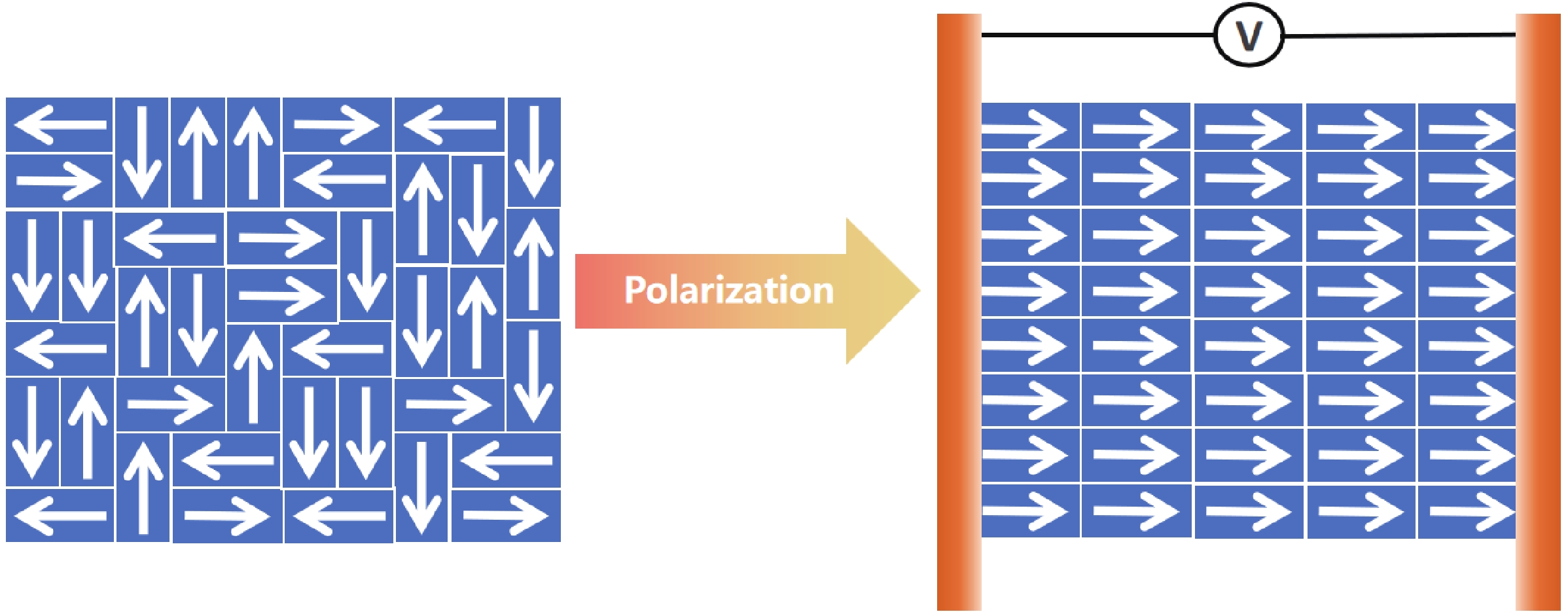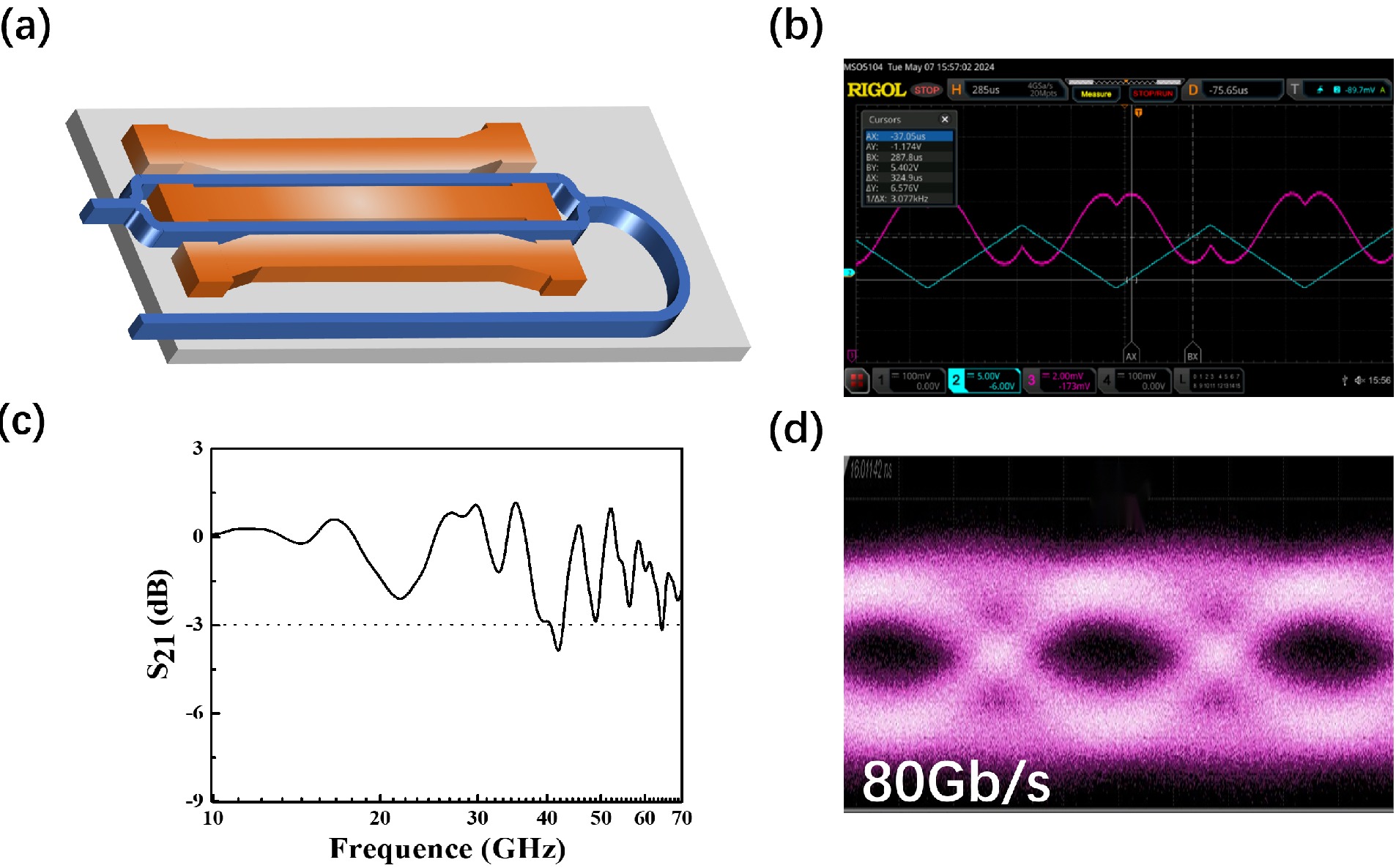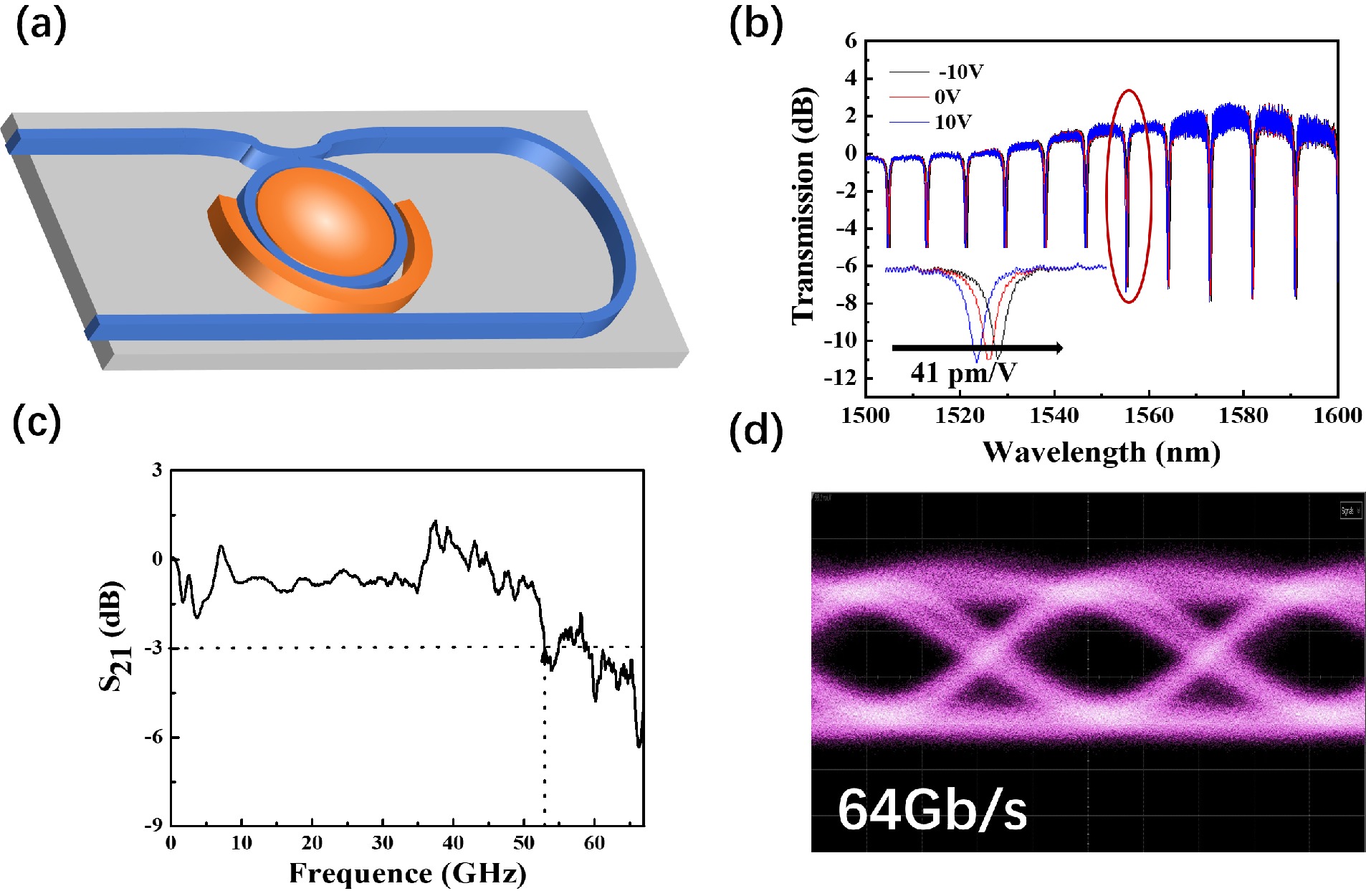| Citation: |
Peng Wang, Hongyan Yu, Yujun Xie, Jie Peng, Chengyang Zhong, Ang Li, Zehao Guan, Jungan Wang, Chen Yang, Yu Han, Feng Qiu, Ming Li. Broadband PZT electro-optic modulator[J]. Journal of Semiconductors, 2025, 46(3): 030501. doi: 10.1088/1674-4926/24110019
****
P Wang, H Y Yu, Y J Xie, J Peng, C Y Zhong, A Li, Z H Guan, J G Wang, C Yang, Y Han, F Qiu, and M Li, Broadband PZT electro-optic modulator[J]. J. Semicond., 2025, 46(3), 030501 doi: 10.1088/1674-4926/24110019
|
Broadband PZT electro-optic modulator
DOI: 10.1088/1674-4926/24110019
CSTR: 32376.14.1674-4926.24110019
More Information-
References
[1] Plant D V, Morsy-Osman M, Chagnon M. Optical communication systems for datacenter networks. 2017 Optical Fiber Communications Conference and Exhibition (OFC), 2017, 1[2] Atabaki A H, Moazeni S, Pavanello F, et al. Integrating photonics with silicon nanoelectronics for the next generation of systems on a chip. Nature, 2018, 556(7701), 349 doi: 10.1038/s41586-018-0028-z[3] Reed G T, Mashanovich G, Gardes F Y, et al. Silicon optical modulators. Nat Photonics, 2010, 4(8), 518 doi: 10.1038/nphoton.2010.179[4] Li A, Ma Q L, Xie Y J, et al. A 256 Gb/s electronic–photonic monolithically integrated transceiver in 45 nm CMOS. J Semicond, 2024, 45(7), 070501 doi: 10.1088/1674-4926/24050040[5] Li W J, Eltes F, Berikaa E, et al. Thin-film BTO-based MZMs for next-generation IMDD transceivers beyond 200 Gb/s/λ. J Light Technol, 2024, 42(3), 1143 doi: 10.1109/JLT.2023.3339472[6] Jo Y, Mai C, Lischke S, et al. Modulation linearity characterization of Si ring modulators. J Light Technol, 2021, 39(24), 7842 doi: 10.1109/JLT.2021.3093463[7] Chen G Y, Li N X, Ng J D, et al. Advances in lithium niobate photonics: Development status and perspectives. Adv Photonics, 2022, 4(3), 034003 doi: 10.1117/1.ap.4.3.034003[8] Liu G L, Yu H Y, Ban D S, et al. Highly efficient lead zirconate titanate ring modulator. APL Photonics, 2024, 9(6), 066111 doi: 10.1063/5.0193922[9] Feutmba G F, Da Silva L, Singh N, et al. High frequency characterization of PZT thin-films deposited by chemical solution deposition on SOI for integrated high speed electro-optic modulators. Opt Mater Express, 2023, 13(7), 2120 doi: 10.1364/OME.494148[10] Yuan Y, Peng Y W, Sorin W V, et al. A 5 × 200 Gb/s microring modulator silicon chip empowered by two-segment Z-shape junctions. Nat Commun, 2024, 15(1), 918 doi: 10.1038/s41467-024-45301-3 -
Proportional views





 Peng Wang received the Ph.D. degree in optoelectronics and nanostructure science from the University of Shizuoka, Hamamatsu, Japan, in 2017. He currently holds a post-doctoral position with the Institute of Semiconductors, Chinese Academy of Sciences, Beijing, China. His current research interests include high-speed optoelectronic devices and materials.
Peng Wang received the Ph.D. degree in optoelectronics and nanostructure science from the University of Shizuoka, Hamamatsu, Japan, in 2017. He currently holds a post-doctoral position with the Institute of Semiconductors, Chinese Academy of Sciences, Beijing, China. His current research interests include high-speed optoelectronic devices and materials.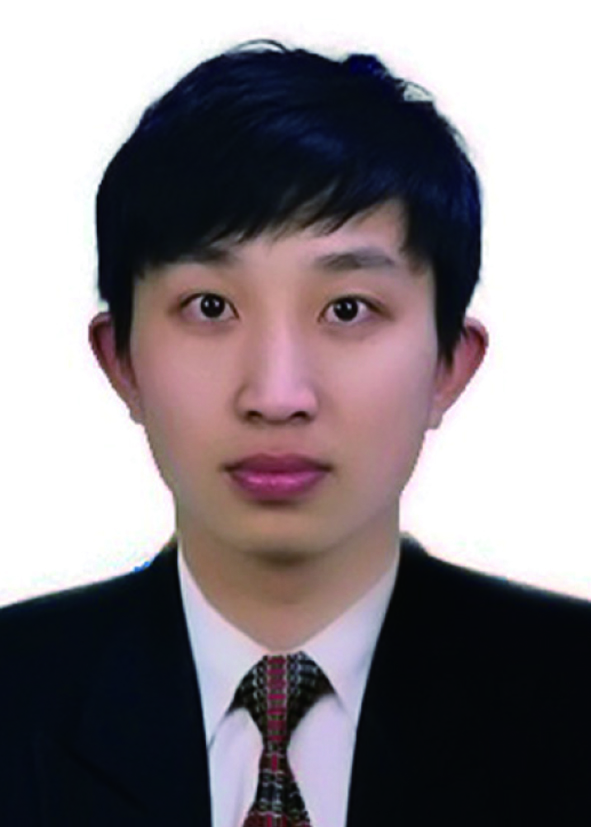 Hongyan Yu received the B.S. degree in material physics from Harbin University of Science and Technology, Harbin, Heilongjiang, China, in 2015, and received M.S. degree in optical engineering from Beijing University of Technology, Beijing, China, in 2019, and received Ph.D. degree in optical engineering from Zhejiang University, Hangzhou, Zhejiang, China, in 2023. He currently holds a post-doctoral position with the Hangzhou Institute for Advanced Study, University of Chinese Academy of Sciences, Hangzhou, Zhejiang, China. His research interest includes high-speed electro-optic modulators.
Hongyan Yu received the B.S. degree in material physics from Harbin University of Science and Technology, Harbin, Heilongjiang, China, in 2015, and received M.S. degree in optical engineering from Beijing University of Technology, Beijing, China, in 2019, and received Ph.D. degree in optical engineering from Zhejiang University, Hangzhou, Zhejiang, China, in 2023. He currently holds a post-doctoral position with the Hangzhou Institute for Advanced Study, University of Chinese Academy of Sciences, Hangzhou, Zhejiang, China. His research interest includes high-speed electro-optic modulators.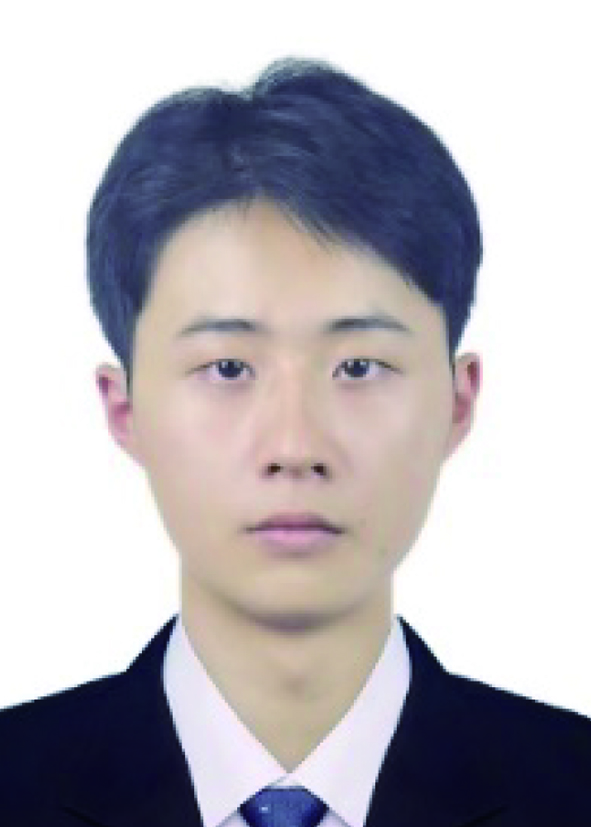 Yujun Xie received the B.S. degree in electrical engineering and automation from Fudan University, Shanghai, China, in 2016, and the Ph.D. degree in physical electronics from Fudan University in 2021. He currently holds a position as an Assistant Researcher with the Institute of Semiconductors, Chinese Academy of Sciences, Beijing, China. His research interests include high-speed optoelectronic materials and devices.
Yujun Xie received the B.S. degree in electrical engineering and automation from Fudan University, Shanghai, China, in 2016, and the Ph.D. degree in physical electronics from Fudan University in 2021. He currently holds a position as an Assistant Researcher with the Institute of Semiconductors, Chinese Academy of Sciences, Beijing, China. His research interests include high-speed optoelectronic materials and devices.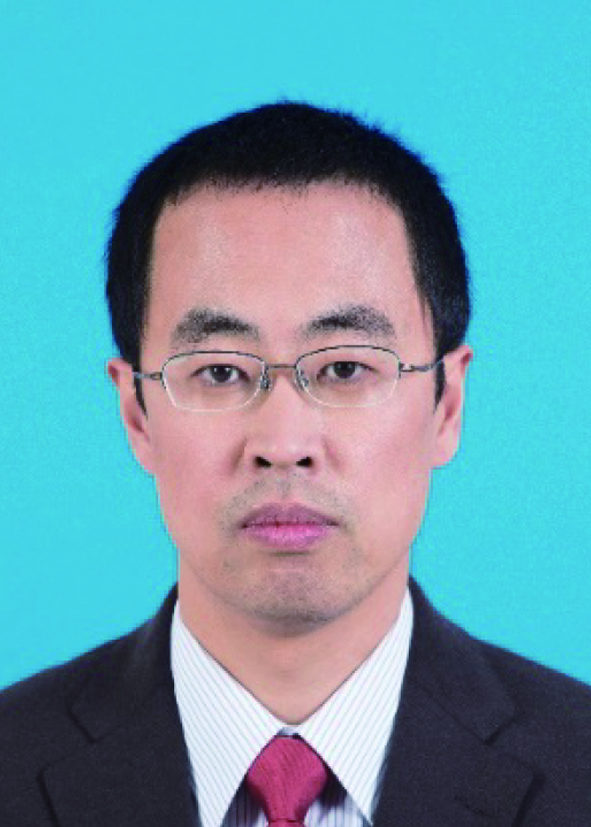 Feng Qiu received the Ph.D. degree from Kochi University of Technology, Japan, in 2011. From 2011 to 2022, he was a Research Scholar and then Assistant Professor with the Institute for Materials Chemistry and Engineering, Kyushu University. In 2022, he joined the Hangzhou Institute for Advanced Study, University of Chinese Academy of Sciences, where he is now a full professor on optical and electrical materials/devices. His research aims to realize highly efficient optoelectronic devices based on novel and exciting thin film materials.
Feng Qiu received the Ph.D. degree from Kochi University of Technology, Japan, in 2011. From 2011 to 2022, he was a Research Scholar and then Assistant Professor with the Institute for Materials Chemistry and Engineering, Kyushu University. In 2022, he joined the Hangzhou Institute for Advanced Study, University of Chinese Academy of Sciences, where he is now a full professor on optical and electrical materials/devices. His research aims to realize highly efficient optoelectronic devices based on novel and exciting thin film materials.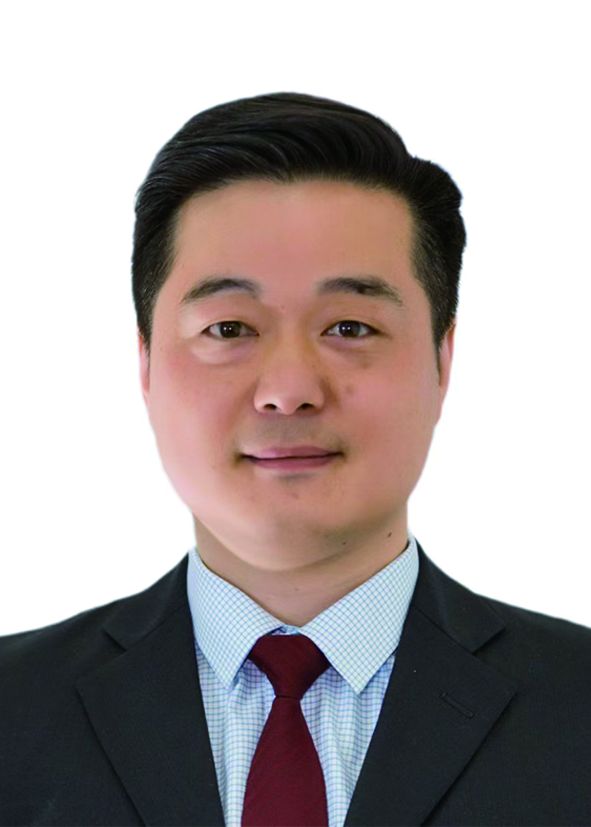 Ming Li received the Ph.D. degree in electrical and electronics engineering from the University of Shizuoka, Hamamatsu, Japan, in 2009. In 2009, he was with the Microwave Photonics Research Laboratory, School of Electrical Engineering and Computer Science, University of Ottawa, Ottawa, ON, Canada, as a Postdoctoral Research Fellow. In 2011, he was with the Ultrafast Optical Processing Group under the supervision of INRS-EMT, Montreal, QC, Canada, as a Postdoctoral Research Fellow. In 2013, he was with the Institute of Semiconductors, Chinese Academy of Sciences, Beijing, China, as a Full Professor under the support of Thousand Youth Talents Program. He has authored more than 140 high-impact journal papers. His research interests include integrated microwave photonics and its applications, ultrafast optical signal processing, and high-speed real-time optical measurement and sensing.
Ming Li received the Ph.D. degree in electrical and electronics engineering from the University of Shizuoka, Hamamatsu, Japan, in 2009. In 2009, he was with the Microwave Photonics Research Laboratory, School of Electrical Engineering and Computer Science, University of Ottawa, Ottawa, ON, Canada, as a Postdoctoral Research Fellow. In 2011, he was with the Ultrafast Optical Processing Group under the supervision of INRS-EMT, Montreal, QC, Canada, as a Postdoctoral Research Fellow. In 2013, he was with the Institute of Semiconductors, Chinese Academy of Sciences, Beijing, China, as a Full Professor under the support of Thousand Youth Talents Program. He has authored more than 140 high-impact journal papers. His research interests include integrated microwave photonics and its applications, ultrafast optical signal processing, and high-speed real-time optical measurement and sensing.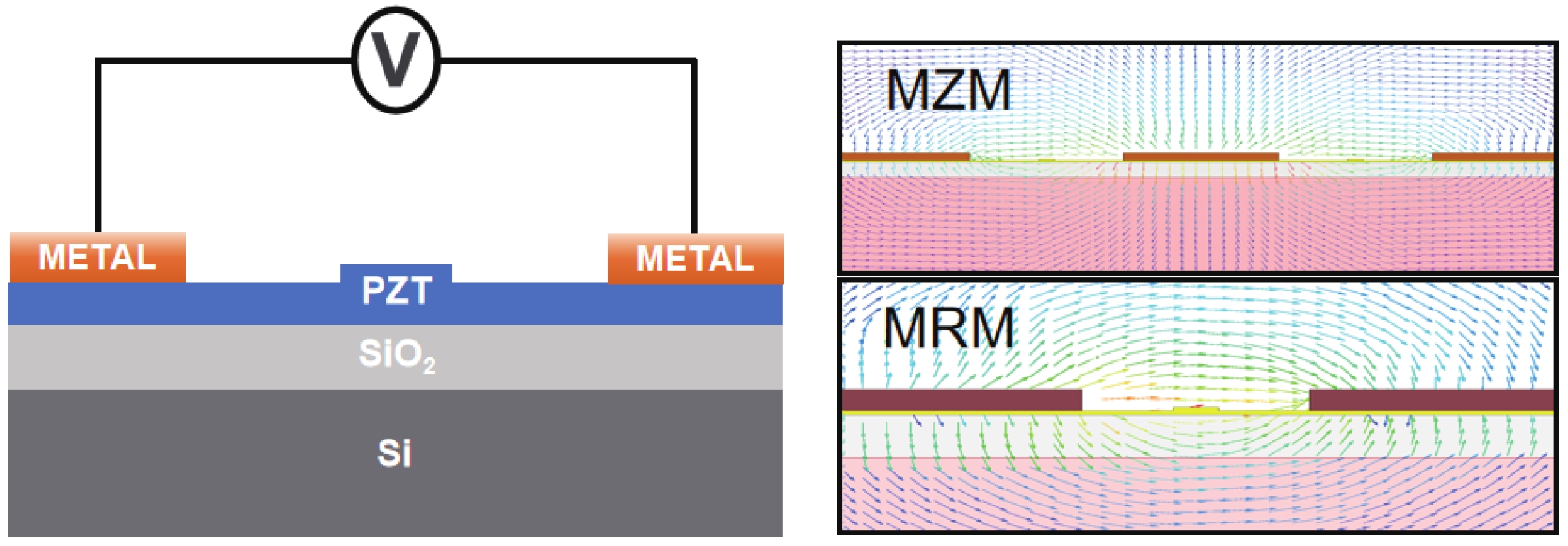
 DownLoad:
DownLoad:
